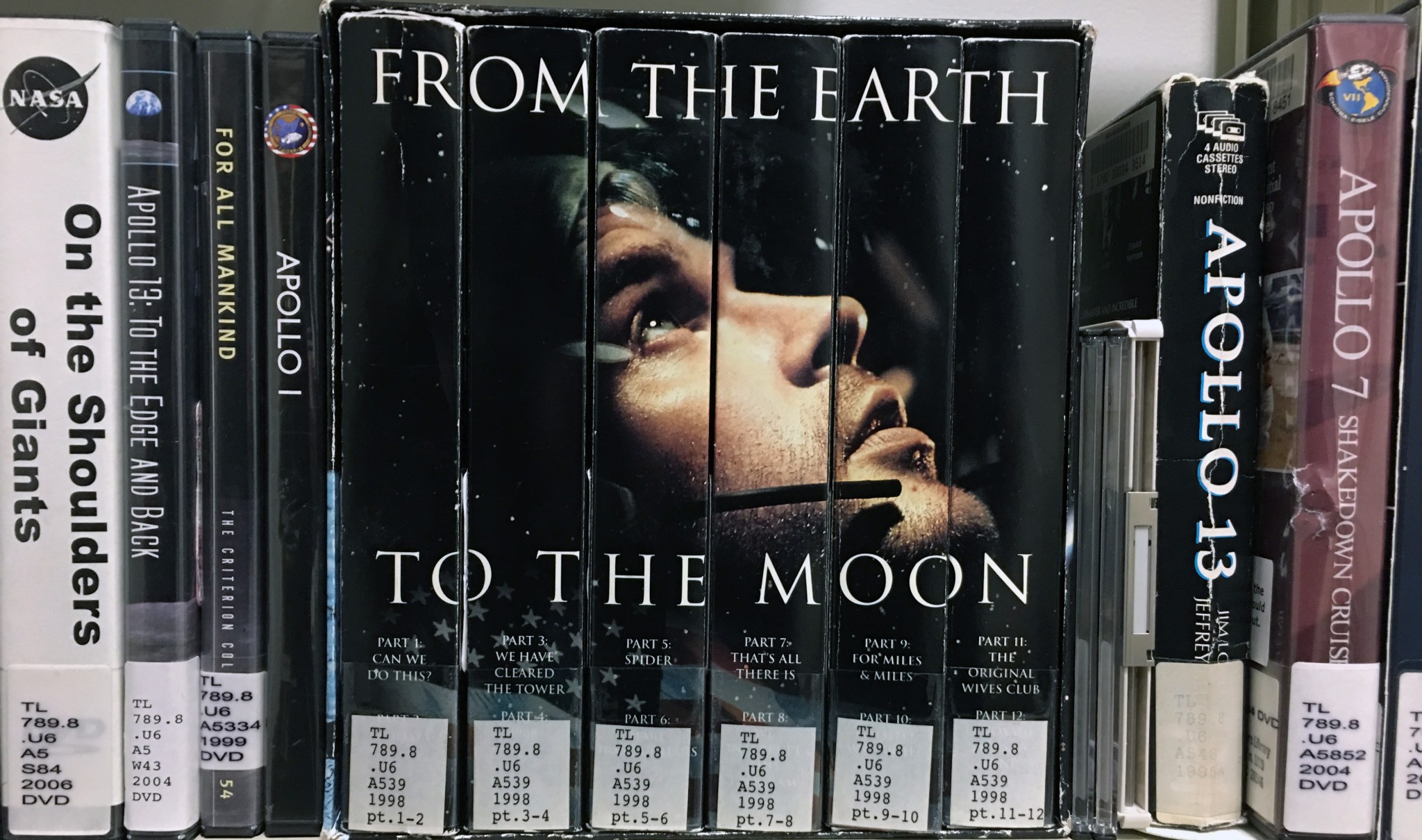BOOKS – MULTIMEDIA – ARTICLES AND REPORTS – INTERNET RESOURCES
Without the Sun’s heat and light, we and every other living thing on the surface of the Earth would cease to exist. The planets are also bathed in subatomic particles shed by the Sun, called the solar wind. Recently, another product of the Sun’s might has come to the attention of a lot of people: solar flares. These cause storms of subatomic particles in the solar wind. These subatomic particles, “wrapped” in magnetic fields, can travel through space and encounter the Earth’s magnetic field.
Through most of the existence of life on Earth, all these have ever done to us Earthlings is give us a sparkling show of the Northern and Southern Lights. The Northern and Southern Lights are the result of the interaction between these subatomic particles, the Earth’s magnetic field, and the air of the upper atmosphere, as it temporarily transforms into a kind of natural neon lamp over the polar regions of the Earth. On very rare occasions, the Northern Lights are visible in the lower forty-eight states. Normally, the Earth’s magnetic field and upper atmosphere act as shields and protect us from any other effects of a flare.
On rare occasions, the solar flare causes a magnetic storm, and the subatomic particles cascade onto the Earth’s surface. When this happens, our telecommunication and electrical power networks can suffer power surges. Also, when a serious solar flare appears, astronauts are at risk of getting radiation poisoning, and satellites can be damaged. This webpage covers NASA’s efforts to understand the Sun better and on ways to mitigate the effects of solar flares. You may also find items of interest at our webpage on Management of Safety and Technical Risks.
All items are available at the Headquarters Library, except as noted. NASA Headquarters employees and contractors: Call x0168 or email Library@hq.nasa.gov for information on borrowing or in-library use of any of these items. Members of the public: Contact your local library for the availability of these items. NASA Headquarters employees can request additional materials or research on this topic. The Library welcomes your comments or suggestions about this webpage.
BOOKS
Carlowicz, Michael J., and Ramon E. Lopez. Storms from the Sun: The Emerging Science of Space Weather. Washington, DC: Joseph Henry Press, 2002.
QB505 .C37 2002 BOOKSTACKS
Also available as an e-book through the National Academies Press.
Eddy, John Allen. The Sun, the Earth, and Near-Earth Space: A Guide to the Sun-Earth System. Greenbelt, MD: Goddard Space Flight Center: Washington, DC: For sale by the Supt. of Docs, U,S. Govt. Print.. Off., 2009.
QB539 .T4 E349 2009 BOOKSTACKS
Lang, Kenneth R. The Cambridge Encyclopedia of the Sun. Cambridge, UK; New York, NY: Cambridge University Press, 2001.
QB521 .L24 2001 READY-REF
National Research Council (U.S.). Committee on the Societal and Economic Impacts of Severe Space Weather Events. Severe Space Weather Events: Understanding Societal and Economic Impacts: A Workshop Report. Washington, DC: National Academies Press, 2009.
QB505 .S48 2008 BOOKSTACKS
Also available as an e-book through the National Academies Press.
Office of the Federal Coordinator for Meteorological Services and Supporting Research. The National Space Weather Program: Strategic Plan. Silver Spring, MD: Office of the Federal Coordinator for Meteorological Services and Supporting Research, 2010.
QC875 .U7 N37 2010 BOOKSTACKS
MULTIMEDIA
American Museum of Natural History. Cosmic Collisions. New York, NY: American Museum of Natural History, 2008.
QB466 .C64 A44 2006 DVD
IMAGE satellite program, Raytheon ITSS/NASA GSFC, Southwest Research Institute/Rice University. Space Weather: Exploring Sun-Earth Connections. Houston, TX: Rice University, 2002.
QB505 .S63 2002 CD-ROM
National Research Council (U.S.). Ad Hoc Committee on the Solar System Radiation Environment and NASA’s Vision for Space Exploration. Space Radiation Hazards and the Vision for Space Exploration: Report of a Workshop. Washington, DC: National Academies Press, 2006.
RC1128 .U6 N38 2006 CD-ROM
Also available as an e-book through the National Academies Press.
ARTICLES AND REPORTS
Holman, Gordon D. “The Mysterious Origins of Solar Flares: New observations are beginning to reveal what triggers these huge explosions of the Sun’s atmosphere”, Scientific American, vol. CCXCIV, no. 4 (April 2006), p. 38-45.
Hung, Ching-Cheh. Apparent Relations Between Solar Activity and Solar Tides Caused by the Planets, NASA/TM-2007-214817, Glenn Research Center, Cleveland, OH, July 2007.
(20070025111: (Aug. 2007) NTRS)
Tobiska, W. Kent. “Mitigating Orbit Planning, Satellite Operations, and Communication Surprises from Adverse Space Weather”, in: Proceedings of the 48th AIAA Aerospace Sciences Meeting and Exhibit, Reno, NV, Jan. 7-10, 2008.
(20080009714: (Feb. 2008) NTRS)
Zhang, J., et al. “Solar and Interplanetary Sources of Major Geomagnetic Storms (Dst less than or equal to -100 nT) During 1996 – 2005”, in: Journal of Geophysical Research, vol. CX, A10102 (2007).
(20070037444: (July 2009) NTRS)
INTERNET RESOURCES
NASA Sites
Candey, Robert. Mission to Geospace: Probing the Sun-Earth Connection. 2011 [July 6, 2011]
http://pwg.gsfc.nasa.gov/istp/outreach/index.shtml
Netting, Ruth. NASA Science: Heliophysics. Jan. 25, 2011 [March 25, 2011].
http://science.nasa.gov/heliophysics/
Smith, DeLee. Living With a Star Program. March 25, 2011 [March 25, 2011].
http://lws.gsfc.nasa.gov/
Solar Data Analysis Center. Nov. 1, 2011 [Dec. 5, 2011].
http://umbra.nascom.nasa.gov/sdac.html
Zell, Holly. The Sun-Earth Connection: Heliophysics. March 25, 2011 [March 25, 2011].
https://www.nasa.gov/mission_pages/sunearth/index.htmlOther Sites
Space Science Institute. Space Weather Center. Sept. 2004 [March 25, 2011].
http://www.spaceweathercenter.org/SWOP/NSWP/1.html


























